The world of reptile emotions remains largely unexplored compared to mammals, yet increasing evidence suggests that snakes may experience more complex mental states than previously thought. As reptile keeping grows in popularity, with millions of snakes living in captivity worldwide, questions about their psychological wellbeing have become increasingly relevant. While snakes don’t experience emotions in the same way humans do, research indicates they may suffer from stress, behavioral changes, and conditions that parallel what we might call “depression” in captive environments. Understanding these states is crucial not only for ethical pet ownership but also for conservation efforts involving captive breeding programs.
Understanding Snake Cognition and Emotional Capacity

Snakes possess limbic systems and basic brain structures that process information related to survival, reproduction, and environmental response. While less complex than mammalian brains, snake neuroanatomy does include structures associated with what we might consider primitive emotional states. Research conducted at the University of Tennessee has shown that reptiles, including snakes, exhibit neurochemical responses similar to those associated with pleasure and distress in mammals. These findings challenge the outdated notion that snakes operate purely on instinct without any emotional processing capabilities. Though they likely don’t experience emotions with the same depth or complexity as humans or even dogs, evidence suggests they can experience states analogous to contentment, fear, stress, and potentially, depression-like conditions when their needs aren’t met.
Signs of Potential Depression in Captive Snakes

Captive snakes may display several behavioral changes that could indicate psychological distress or depression-like states. These include decreased movement, reduced feeding response, excessive hiding, glass surfing (repeatedly sliding along the terrarium glass), and abnormal posturing. Some snakes may show diminished interest in environmental enrichment that previously engaged them or exhibit repetitive behaviors similar to stereotypies seen in other captive animals. Veterinary herpetologists note that these symptoms often appear gradually and may be misinterpreted as normal behavior or physical illness. A snake that was once active and curious but becomes lethargic and disinterested, without any underlying physical cause, may be experiencing a form of psychological distress that parallels depression in more cognitively complex animals.
Environmental Factors Contributing to Snake Stress
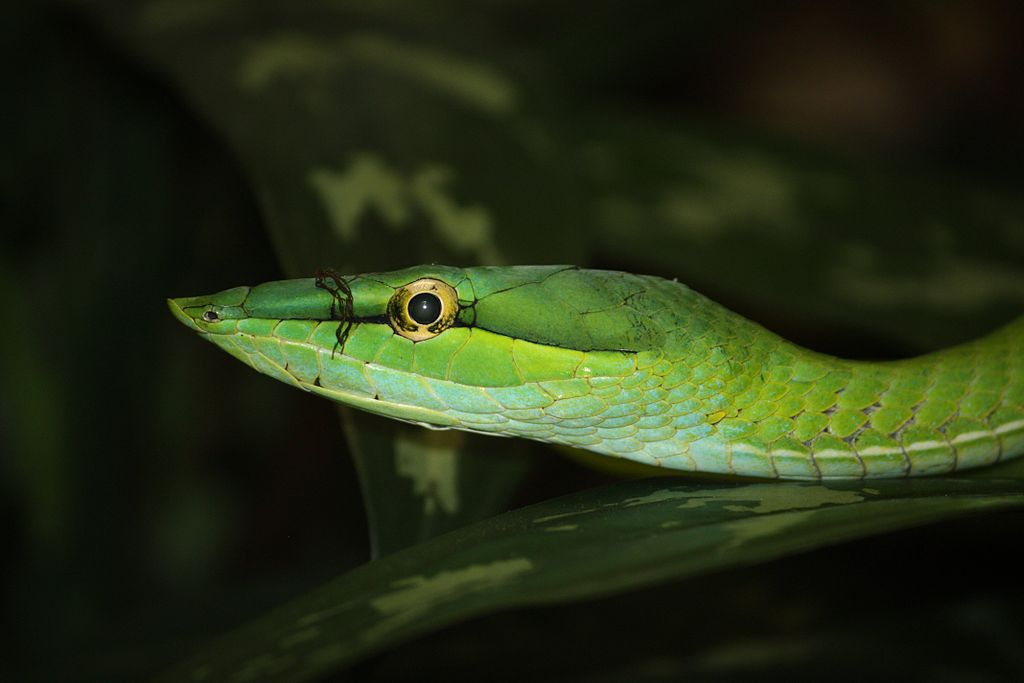
Inadequate enclosure size is one of the most significant contributors to psychological distress in captive snakes. Many species naturally range over vast territories in the wild, and confining them to small spaces can prevent natural behaviors. Improper temperature gradients fail to allow thermoregulation, a critical aspect of snake biology that directly affects their metabolism and activity levels. Inappropriate substrate, lack of hiding places, and constant exposure can create chronic stress as snakes naturally seek security and cover. Poor lighting cycles disrupt natural circadian rhythms, particularly important for species adapted to specific day-night patterns. Research published in the Journal of Veterinary Behavior found that snakes kept in enclosures lacking these basic environmental needs showed significantly higher cortisol levels, indicating chronic stress that could lead to depression-like states.
The Impact of Social Isolation on Snake Wellbeing
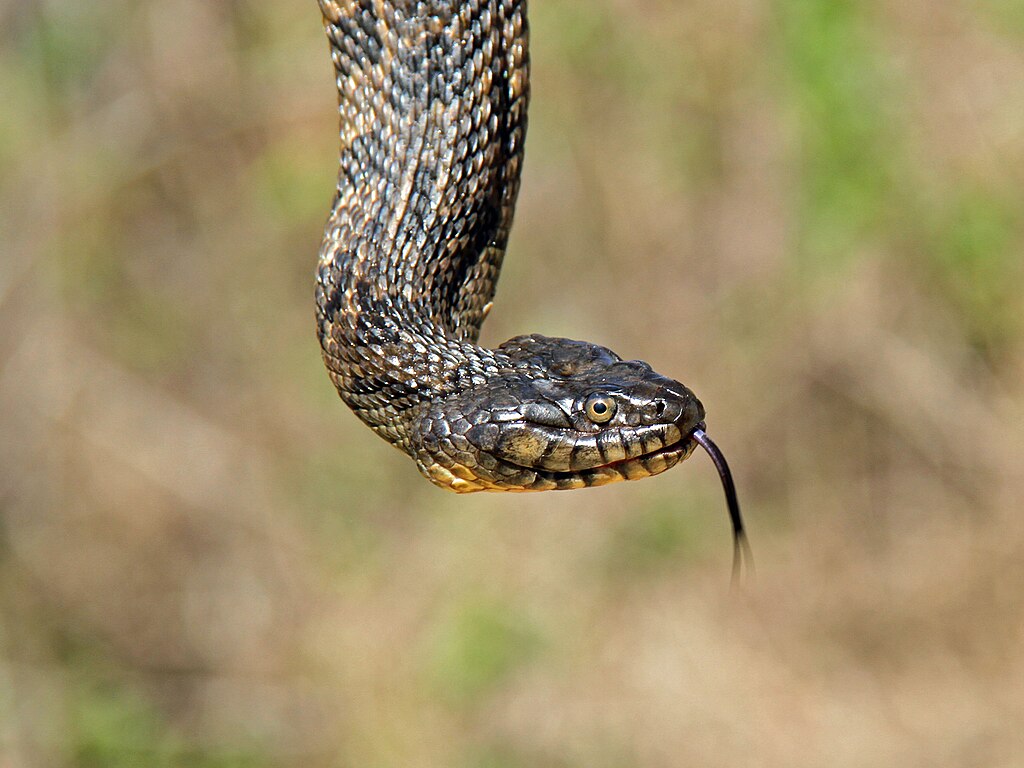
While many snake species are primarily solitary in the wild, this doesn’t mean they’re adapted to complete isolation. In natural settings, snakes interact with conspecifics during breeding seasons and may have incidental contact with other members of their species. Some evidence suggests that completely isolating certain snake species for extended periods might negatively impact their psychological state. Studies from the University of Edinburgh found that some semi-social snake species, when housed in appropriate group settings, showed more natural behavior patterns than completely isolated individuals. However, this varies dramatically by species – forcing naturally solitary species into group housing can create extreme stress. Understanding the specific social needs of each snake species is critical for preventing depression-like states related to either inappropriate isolation or forced socialization.
The Neurochemistry Behind Snake Stress Responses

Research into reptile neurochemistry has revealed that snakes produce many of the same stress hormones as mammals, including corticosterone (the reptile equivalent of cortisol). Prolonged elevation of these stress hormones can lead to physical and behavioral changes similar to those observed in chronically stressed or depressed mammals. Studies conducted at the Reptile Research Center in Florida have found that captive snakes in suboptimal conditions show altered levels of serotonin and dopamine, neurotransmitters associated with mood regulation in more complex animals. These chemical changes correlate with behavioral symptoms like reduced activity and appetite suppression. While not identical to human depression, these neurochemical alterations represent a physiological stress response that can significantly impact a snake’s quality of life and may constitute a primitive analog to depression states in more cognitively complex animals.
Behavioral Enrichment for Captive Snakes

Environmental enrichment plays a crucial role in preventing depression-like states in captive snakes. Properly designed enclosures that include varied climbing structures, multiple hiding places, and different substrate textures allow snakes to engage in natural exploratory behaviors. Puzzle feeders that require snakes to work for their food can stimulate mental engagement and natural hunting behaviors. Regular but respectful handling, for species that tolerate it, provides sensory stimulation and environmental change. Rotating enclosure decorations and occasionally introducing novel scents mimics the changing sensory landscape snakes would encounter in the wild. Research published in Applied Animal Behaviour Science demonstrated that snakes provided with enrichment options showed more diverse behaviors, improved appetite, and reduced stress markers compared to those kept in barren environments.
Species Differences in Susceptibility to Captive Stress
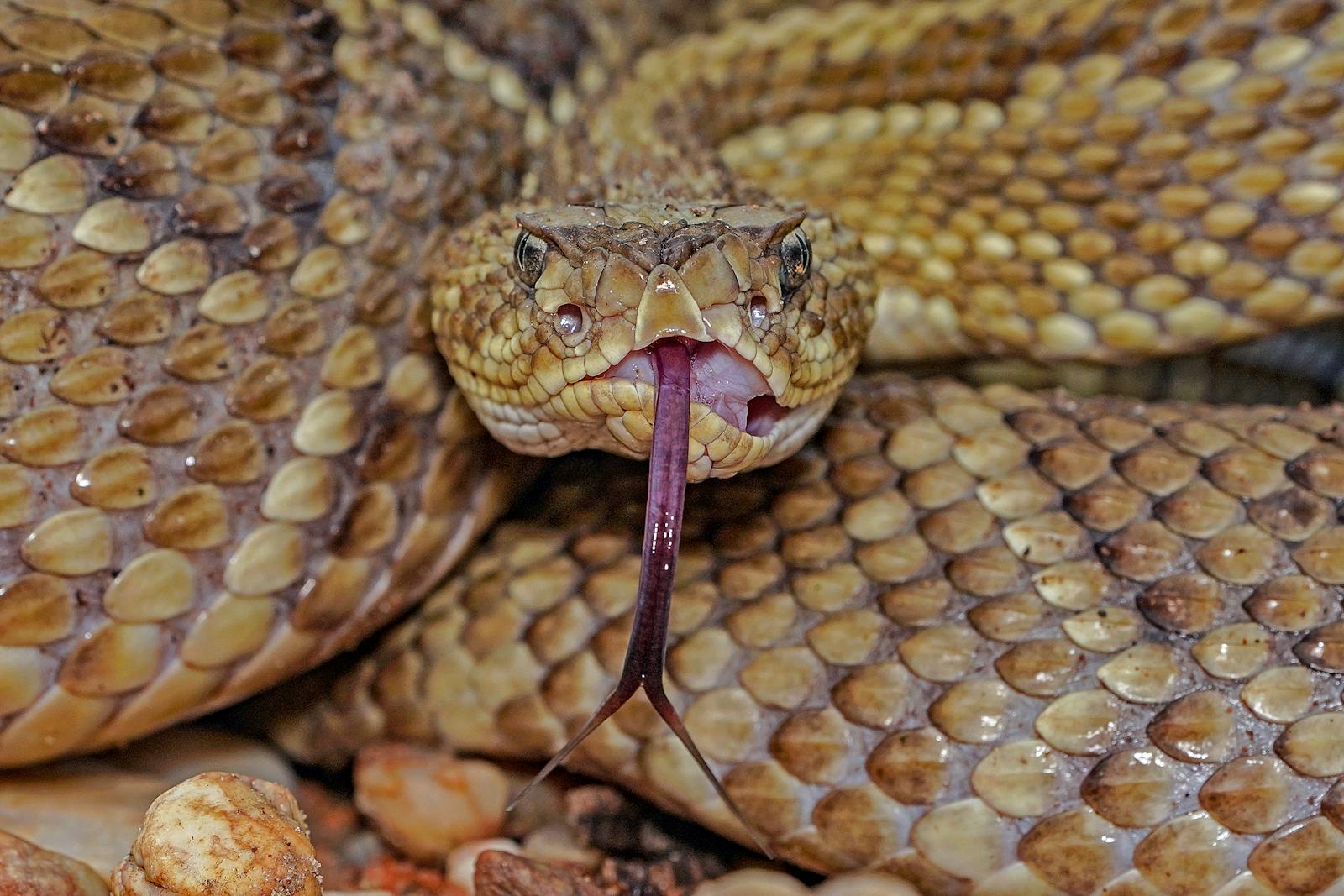
Not all snake species respond to captivity in the same way, with some adapting much better than others to life in human care. Corn snakes, ball pythons, and kingsnakes generally adapt well to captivity when their basic needs are met, showing relatively low rates of stress-related behaviors. In contrast, highly active foragers like coachwhips and racers often show significant signs of psychological distress in captivity, regardless of enclosure quality. Arboreal species such as emerald tree boas require complex three-dimensional environments to maintain psychological wellbeing. Wild-caught specimens typically show higher rates of depression-like symptoms than captive-bred individuals, likely due to the dramatic shift from natural habitats to artificial environments. Understanding these species-specific differences is essential for preventing depression-like states in captive snakes.
The Role of Diet in Snake Psychological Health
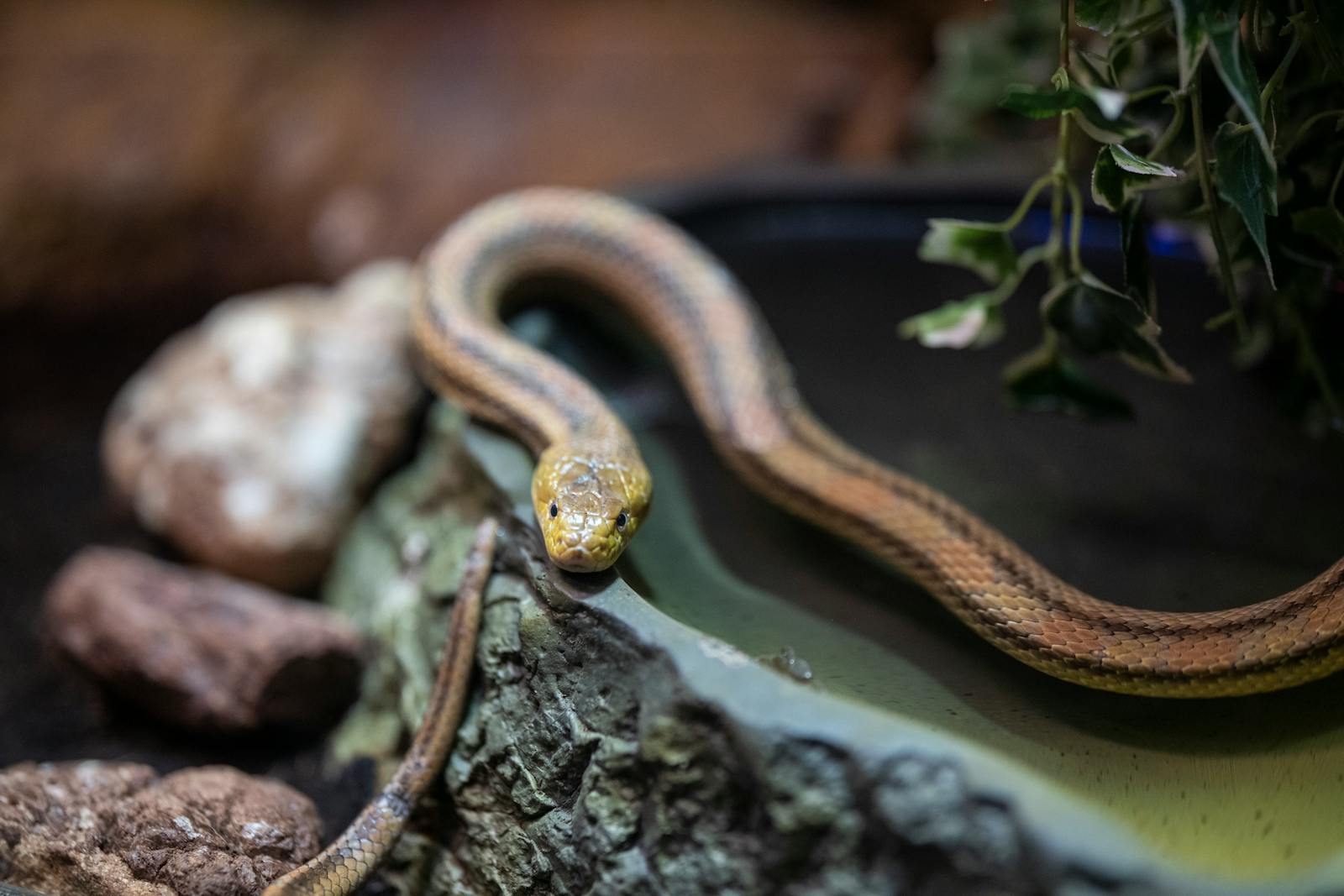
Improper feeding regimens can contribute significantly to depression-like states in captive snakes. Many captive snakes are overfed, underfed, or offered inappropriate prey items that fail to stimulate natural feeding behaviors. Research conducted at the Reptile Conservation Center found that snakes fed on irregular schedules or with insufficient variety showed higher stress markers and reduced activity levels. In natural environments, many snake species hunt actively and experience the neurological stimulation associated with successful predation. While captive feeding cannot perfectly replicate this experience, offering appropriately sized prey and occasionally providing feeding enrichment (such as scent trails for hunting species) can help maintain psychological wellbeing. Fasting periods that mimic natural seasonal variations may also be beneficial for some species, preventing the lethargy and disinterest often associated with depression-like states.
Seasonal Effects on Captive Snake Behavior

Many snake species experience natural seasonal variations in behavior and physiology that captive conditions often fail to accommodate. In the wild, snakes may brumate (a reptile form of hibernation) during colder months, experience breeding seasons triggered by changing day lengths, or adapt to seasonal prey availability. Failure to provide appropriate seasonal cues in captivity can disrupt these natural cycles and potentially contribute to depression-like states. A study from the Journal of Herpetological Medicine found that captive snakes kept in unchanging environments year-round showed abnormal hormone profiles and increased stress markers compared to those maintained with seasonal variations in temperature and lighting. Implementing appropriate seasonal changes in temperature, lighting cycles, and even feeding frequency can help maintain normal behavioral rhythms and potentially prevent depression-like conditions in captive snakes.
Recognizing and Addressing Stress in Captive Snakes
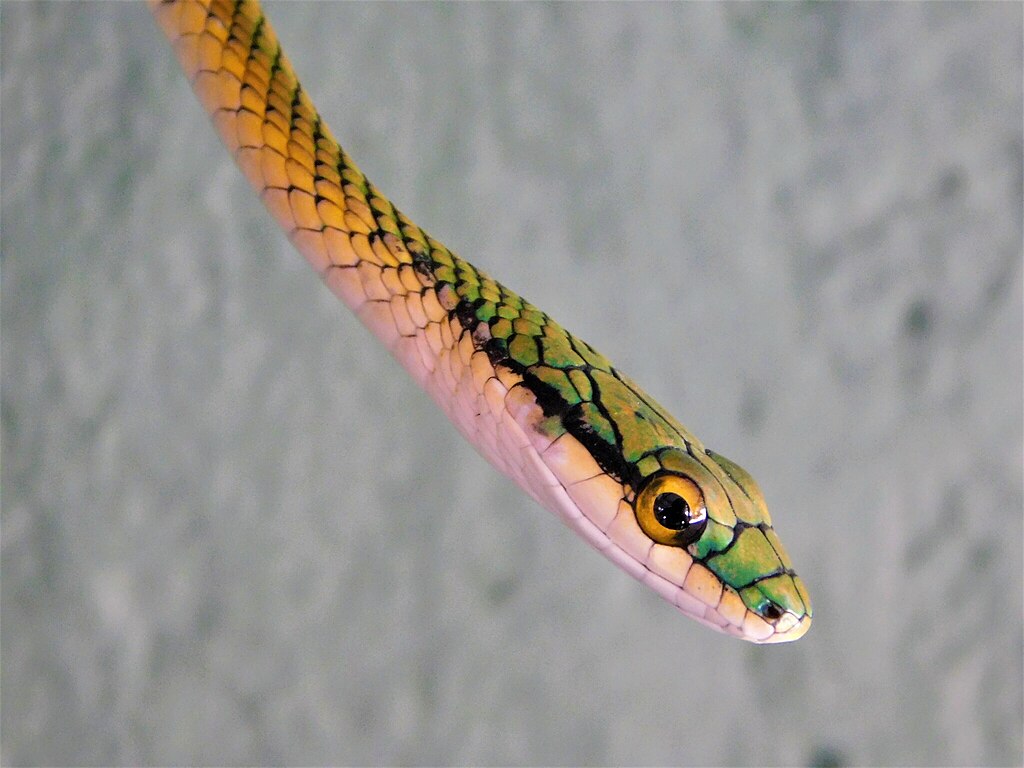
Early intervention is crucial when a snake begins displaying signs of depression-like behavior. The first step should always be a thorough veterinary examination to rule out physical illness, as many psychological symptoms can mimic or coincide with medical conditions. Once health issues are addressed, systematic evaluation of the snake’s environment should follow, examining factors like enclosure size, temperature gradient, hiding places, and stimulation opportunities. Gradual environmental modifications based on natural history knowledge of the species often yield better results than sudden dramatic changes, which can create additional stress. Professional reptile behaviorists recommend maintaining detailed records of behavioral changes, which can help identify patterns and potential triggers for depression-like states. For snakes showing severe symptoms, temporary relocation to a more naturalistic “sanctuary” enclosure with minimal disturbance has shown promising results in helping them regain normal behavioral patterns.
The Ethics of Keeping Certain Snake Species in Captivity
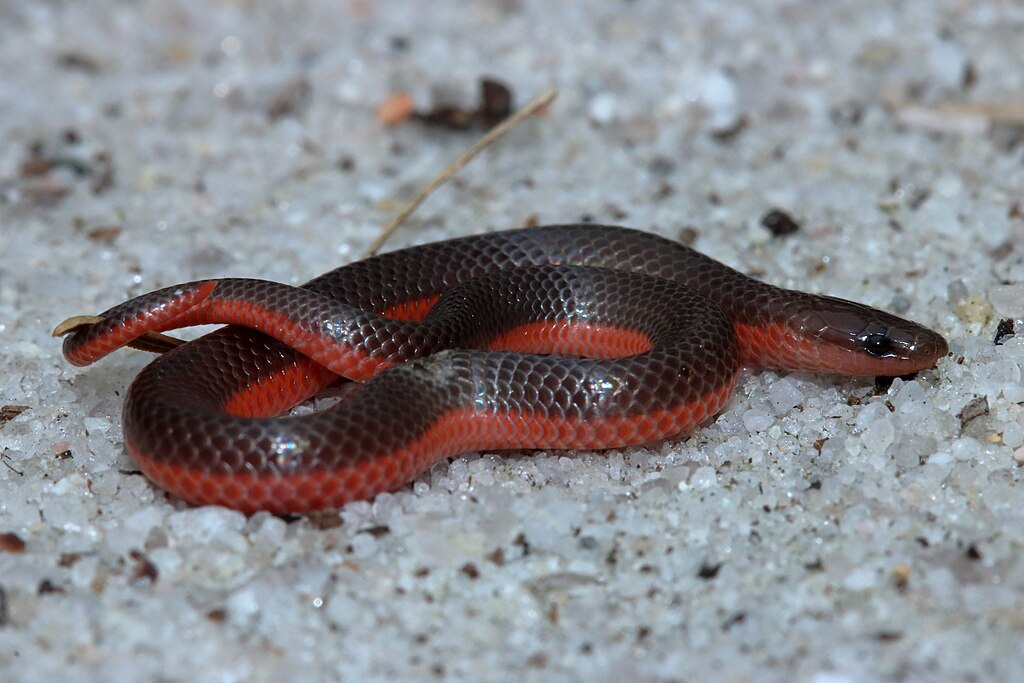
The evidence for depression-like states in captive snakes raises important ethical questions about which species should be kept as pets or in captive collections. Species with complex environmental needs, extensive natural ranges, or highly specialized diets often fare poorly in captivity regardless of keeper effort. The Association of Reptile and Amphibian Veterinarians has identified several snake species, including king cobras, black mambas, and certain arboreal vipers, as consistently showing signs of psychological distress in captivity. These findings have led to growing calls for restrictions on keeping certain species that demonstrate poor adaptation to captive life. Some conservation organizations now argue that priority should be given to captive breeding programs for species that adapt well to artificial environments, both for welfare reasons and for conservation efficiency. Ethical reptile keeping increasingly emphasizes matching species selection to the keeper’s ability to provide appropriate psychological as well as physical care.
Research Advances in Reptile Cognitive and Emotional Assessment
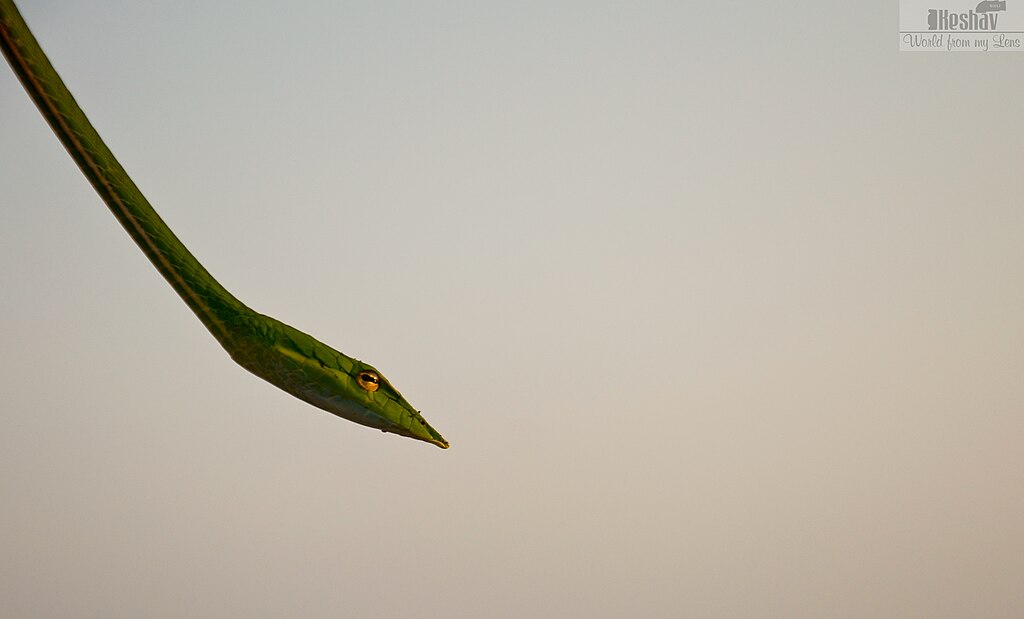
Scientific understanding of reptile psychology is evolving rapidly, with new research methods providing deeper insights into snake emotional states. Advanced imaging techniques have allowed researchers to map brain activity in snakes responding to various stimuli, revealing more complex neural processing than previously recognized. Preference testing, where snakes are given choices between different environments, has demonstrated that they make non-random selections based on factors beyond basic physical needs. Studies using infrared tracking to monitor snake activity patterns in enriched versus barren environments have quantified behavioral differences that suggest psychological impacts. The emerging field of reptile cognitive ethology is developing validated assessment tools specifically designed to measure psychological wellbeing in snakes and other reptiles. These advances are gradually replacing anecdotal observations with scientific data, creating a more nuanced picture of snake psychology and the potential for depression-like states in captivity.
Conclusion: Balancing Human Interests with Snake Wellbeing
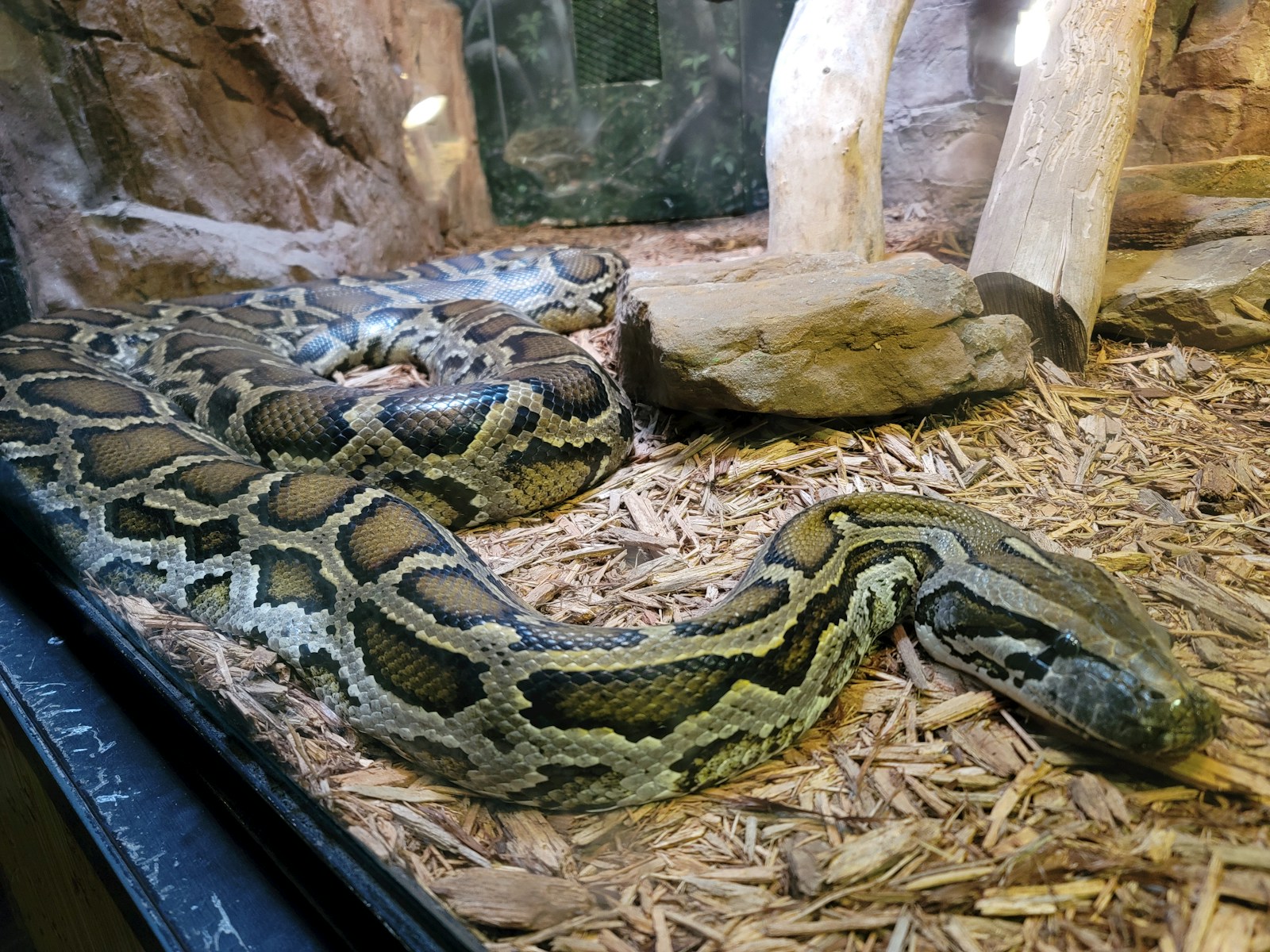
The question of whether snakes experience depression in captivity doesn’t have a simple yes or no answer. While they likely don’t experience the complex emotional state humans call depression, evidence strongly suggests they can suffer from stress, behavioral disturbances, and psychological states analogous to depression when their evolutionary needs aren’t met. Responsible snake keeping requires acknowledging these psychological needs alongside physical requirements, choosing appropriate species, and creating environments that allow for natural behaviors. As our understanding of reptile cognition advances, so too should our standards for captive care. The growing body of research on snake psychology challenges us to view these ancient animals not as simple automatons but as sentient beings whose mental wellbeing deserves consideration. For both ethical and practical reasons, preventing depression-like states in captive snakes should be a priority for pet owners, zoos, research facilities, and conservation programs working with these fascinating reptiles.





